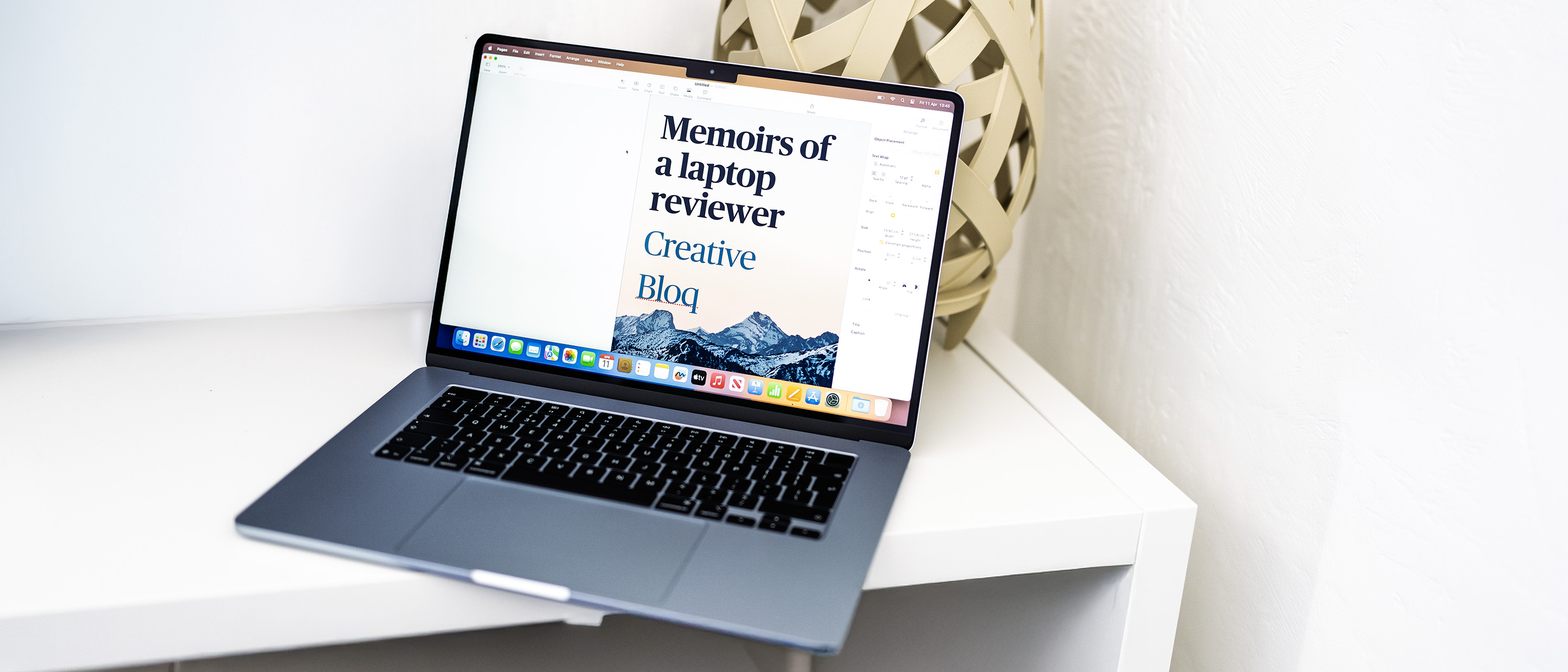Can pro artists achieve mindfulness through art?
How artists can improve their mental wellbeing with creativity and the art of mindfulness.
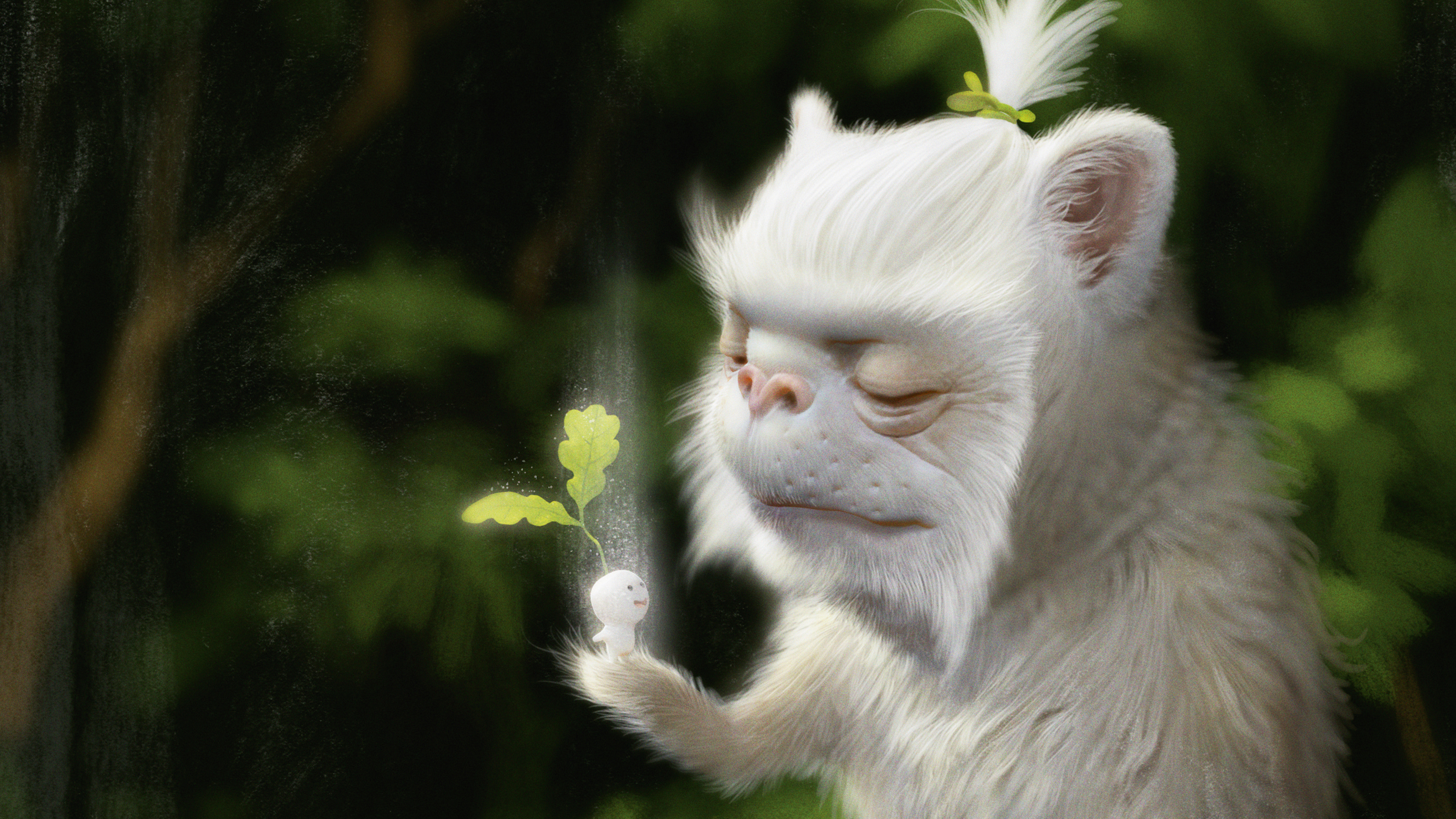
We all know about the therapeutic benefits of creativity. Most of us, at some point, have experienced the sensation of becoming so immersed in a creative act that the world, and our worries, have melted away.
Indeed, for many people, mindful drawing and colouring is an effective practice for achieving a focused, meditative state. But what about when you’re a professional artist? Can art still function as a vehicle for mindfulness or wellbeing when you’ve been drawing, painting or creating all day? What can artists do to escape when it all gets a bit much?
Our article by Tom Manning of D&AD on How to balance money and happiness has useful everyday wellbeing advice for creatives, but here we'll delve into the art of creative mindfulness, with insights from professional artists on how they look after their mental health.
Achieving inner peace
"When you’re working to a brief it can be stressful to try to kerb your ideas and style to fit certain criteria," explains concept artist Izzy Burton. "You have to keep checks on yourself, which can break the flow."
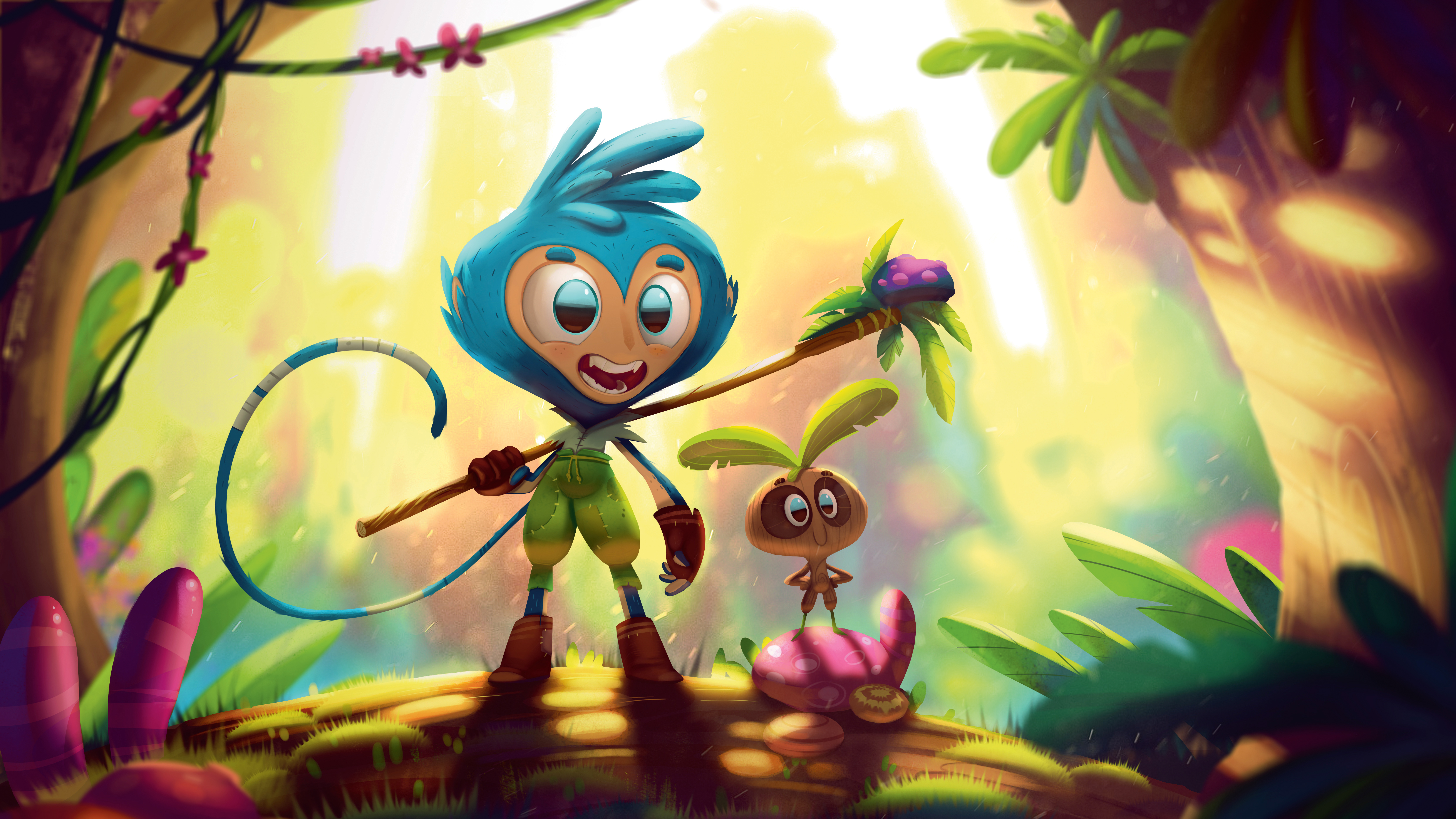
London-based Francesco Mazza had a similar experience. "I started my career as a concept artist because of the mindfulness I experienced when I was drawing. After a few years of doing it as a professional, though, I’ve realised that drawing isn’t such an effective way to achieve mindfulness, because most of the time you have to meet the clients’ needs."
Lately, Mazza has been working on personal projects in his spare time in an attempt to recreate a sense of inner peace. And it’s working. "I feel that this is the best way to escape from the pressure of a hectic life," he says.
Toronto-based artist Bobby Chiu agrees that client work is often the source of stress. He also points out that far from being a guaranteed gateway to a meditative state, sometimes the creative process can be difficult and stress-inducing.
Get the Creative Bloq Newsletter
Daily design news, reviews, how-tos and more, as picked by the editors.

"I've always found the initial steps of a painting or concept to be the most mentally tiring, because you have so many different things to think about and coincide. The stress comes when I have a creative task to accomplish, but I can’t seem to find an idea that I really like, and the deadline is looming."
However, it’s a different story when it comes to execution. "If I just have to spend the rest of the day rendering something like fur on a creature or foliage, it can feel quite meditative," he says. "That’s when hours can go by in what feels like minutes. I usually leave these kind of tasks till the end of the day when I’m already a bit tired."
To deal with stress, Chiu often goes jogging. He also practises the Wim Hof Method. "It’s a combination of breathing exercises, yoga, stretching, meditation and cold therapy," he says. "It’s quite refreshing."
A mental refresher
For Blue Zoo director and storyboard artist Chris Drew, swimming three or four times a week offers a similar mental release. "All I can focus on when I’m in the water is my breathing and my technique," he says.
As a director he’s involved in every aspect of a production, which often means having several things to deal with at once. At times, this can feel overwhelming. He advises trying to focus on one thing at a time. "Multitasking isn’t a productive way to work," he adds, "so I try to finish one thing before moving onto another."
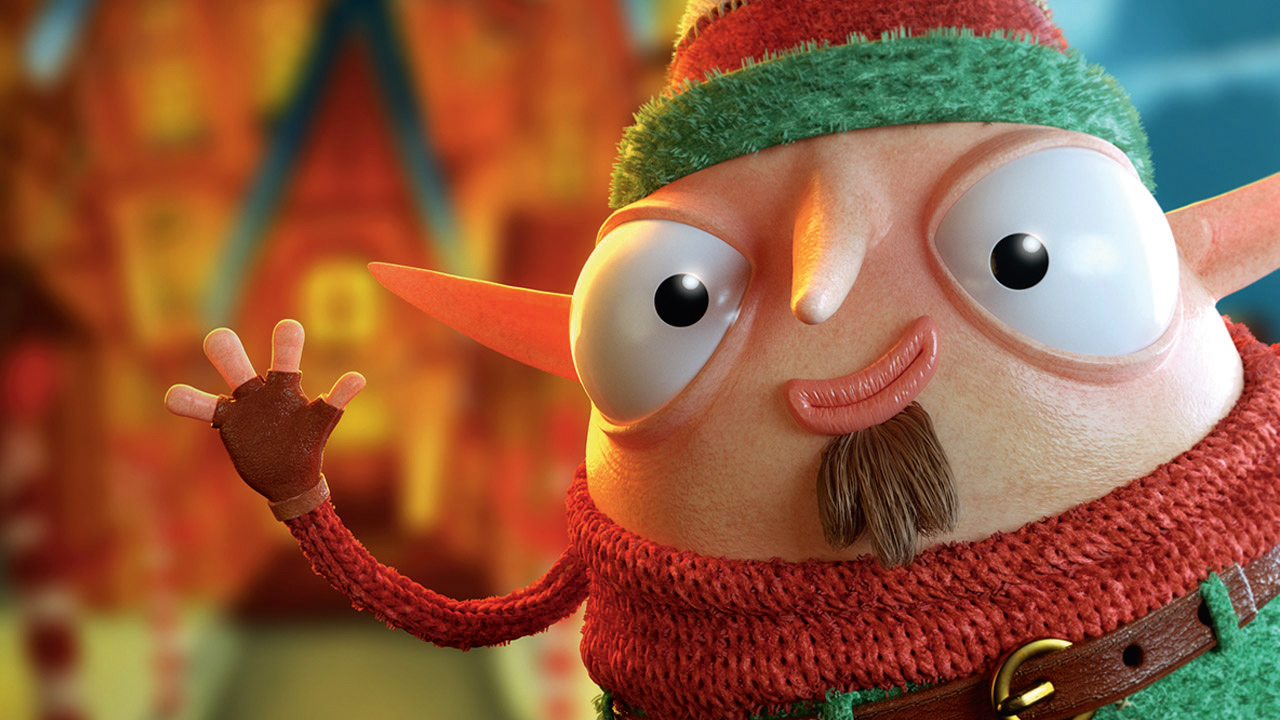
Swiss animator Simone Giampaolo finds drawing on paper particularly effective for escaping reality. He says that switching everything off for an hour or so – phone, computer, tablet – and creating tangible art enables him to reach a state of mindfulness similar to meditating or dreaming.
"In fact, after a few hours of addictive drawing I feel a little dizzy, like after a long sleep, but happier and more inspired than before starting. I come up with the best ideas for shorts or stories during or immediately after drawing or building something."
Be aware of the here and now
"Artistic escapism is great," agrees Dr Danny Penman, a qualified meditation teacher, journalist and author. "Creating something new is deeply satisfying and wonderfully therapeutic, but it’s important to avoid spending all of your time living in a mental fantasy world," he points out.
Penman’s new book, The Art of Breathing, provides a guide to practising mindfulness, which he says is the single biggest thing an artist can do to enhance overall wellbeing.
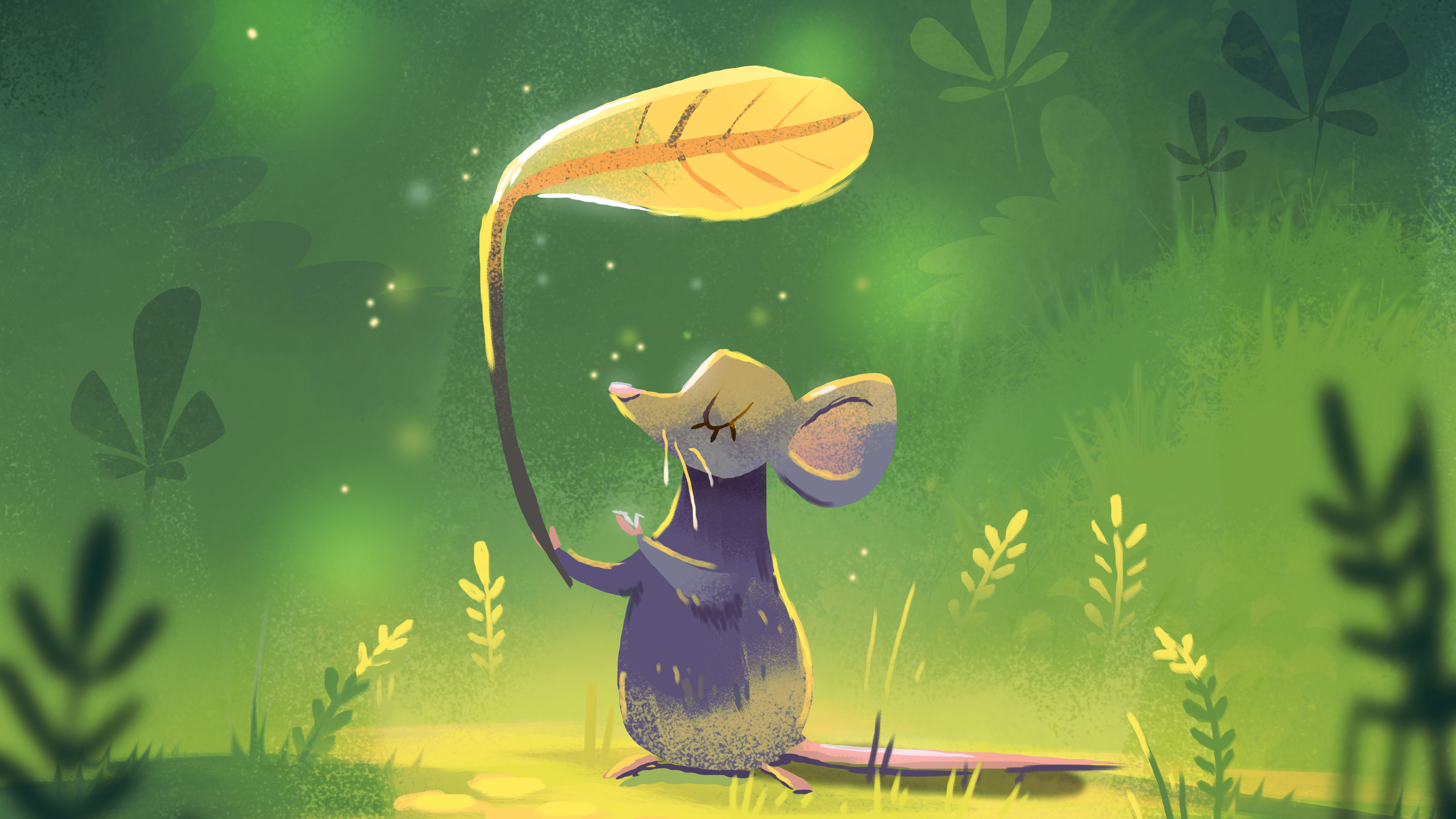
Better still, mindfulness can be extremely good for boosting your creativity. To see how this works, Penman suggests taking a step back and asking yourself: What do I need to do to become more creative?
He believes it requires three things: "First, you need to cultivate an open mind that can gather and then integrate new ideas. Second, you need to consciously notice the new ideas created by your mind and realise their significance – otherwise they’ll pass you by. And third, you need the courage to follow your ideas wherever they should lead – and the resilience to cope with the inevitable setbacks."
Penman walks through a number of meditations and exercises in his 2015 book, Mindfulness for Creativity, which aims to help artists achieve all three objectives.
Open your mind
One creative who practises mindfulness is vis-dev and concept artist Almu Redondo. She says mindfulness is key to having an open mind and looking at the world in an objective way – which is what being an artist is all about.
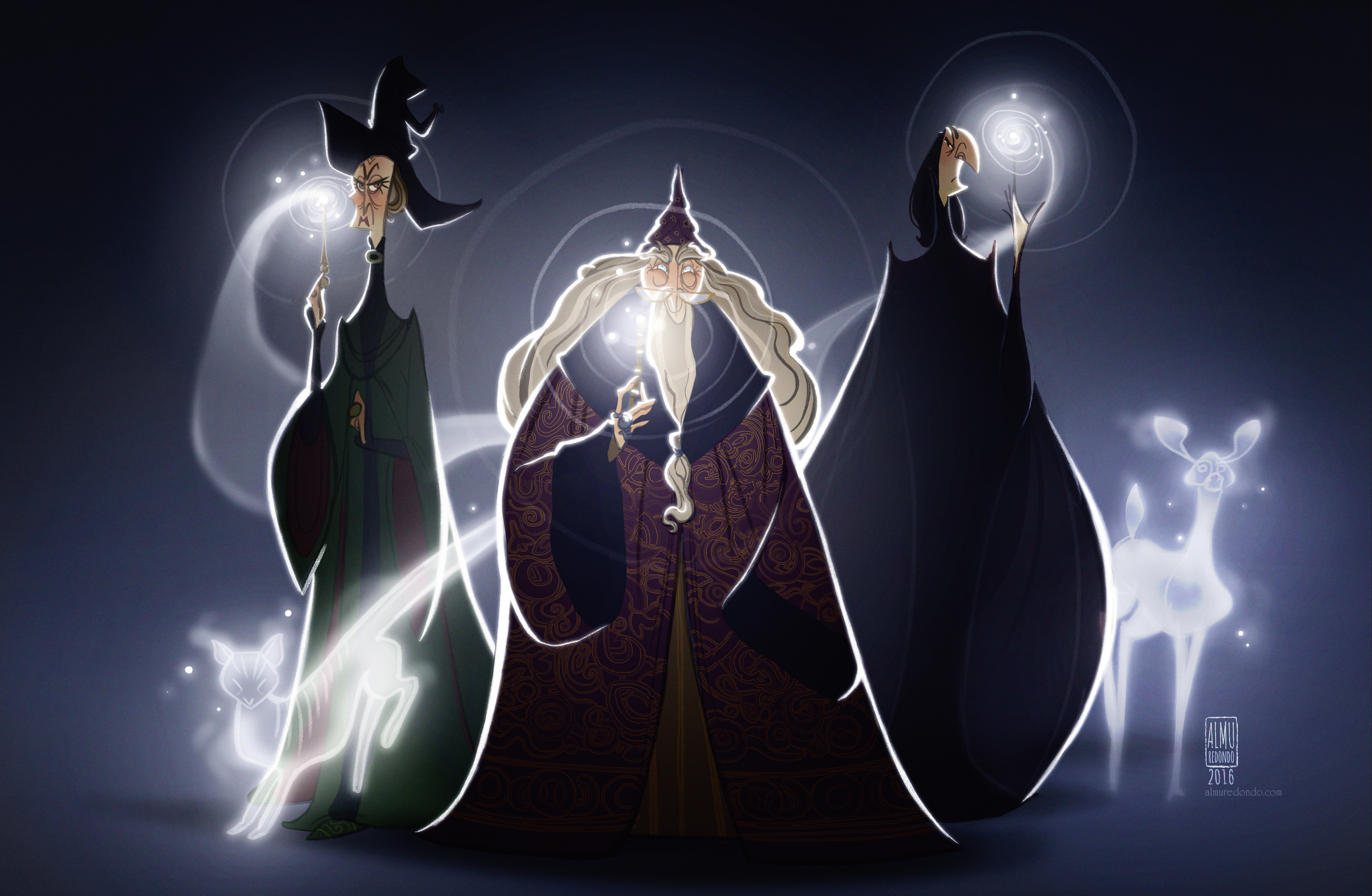
"In both my personal and professional work, I purposely look for that mindful moment in my brain in which everything flows and is relaxed, but is also focused and receptive at the same time," Redondo says, adding that music, routine and exercise all help her achieve this state.
"Have patience," she advises. "Everything comes if you put in the hard work – and remember to try to enjoy yourself while doing art."
Burton agrees. "We do art because we love it. If you find yourself becoming stressed, take a step back and relax. Find a new way to approach art that doesn’t stress you out. I’ve found physical painting with acrylics helps me stay creative and calm when my digital work gets too stressful. That’s my meditation."
This article was originally published in ImagineFX issue 151. Subscribe here.
Read more:

Thank you for reading 5 articles this month* Join now for unlimited access
Enjoy your first month for just £1 / $1 / €1
*Read 5 free articles per month without a subscription

Join now for unlimited access
Try first month for just £1 / $1 / €1
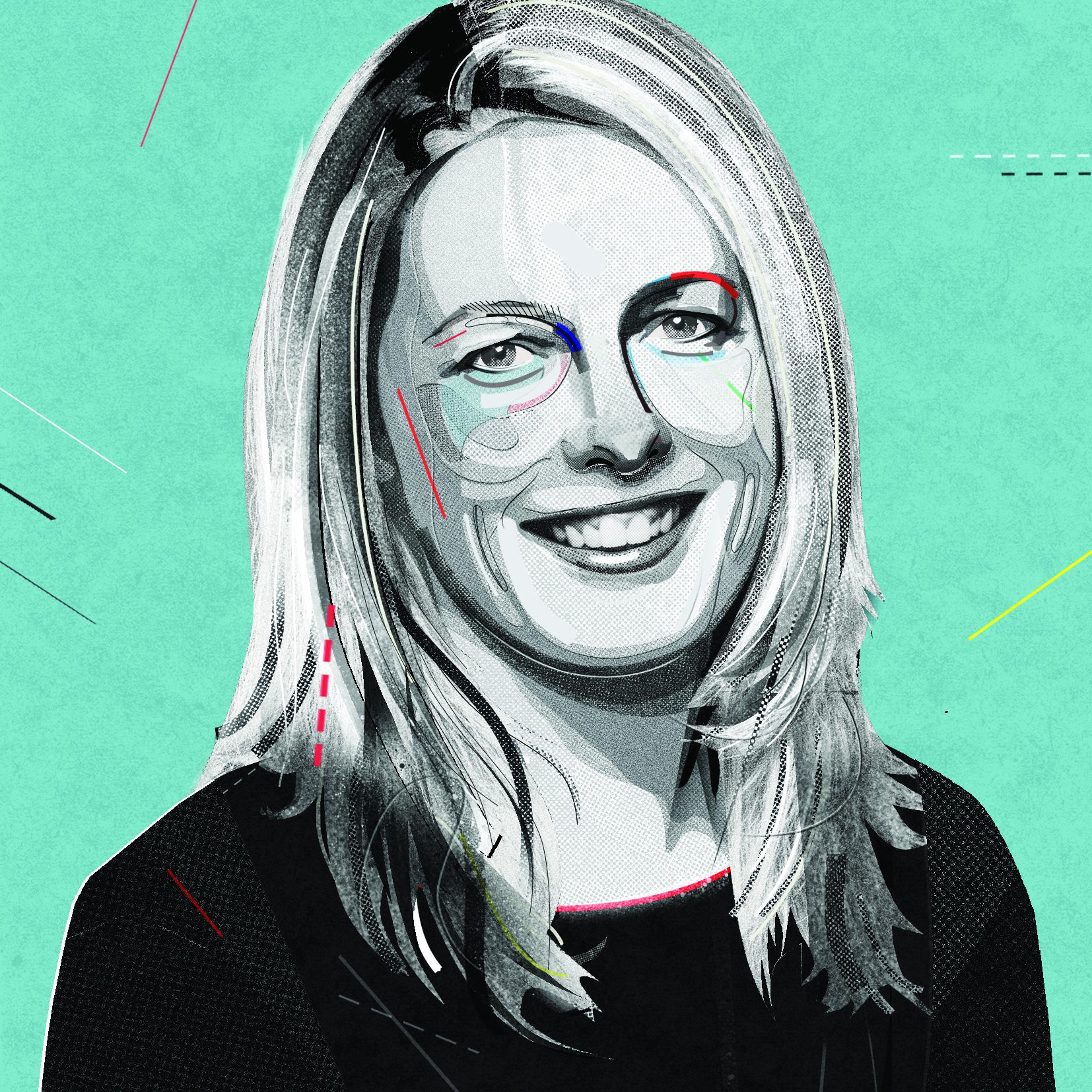
Julia is editor-in-chief, retail at Future Ltd, where she works in e-commerce across a number of consumer lifestyle brands. A former editor of design website Creative Bloq, she’s also worked on a variety of print titles, and was part of the team that launched consumer tech website TechRadar. She's been writing about art, design and technology for over 15 years.
